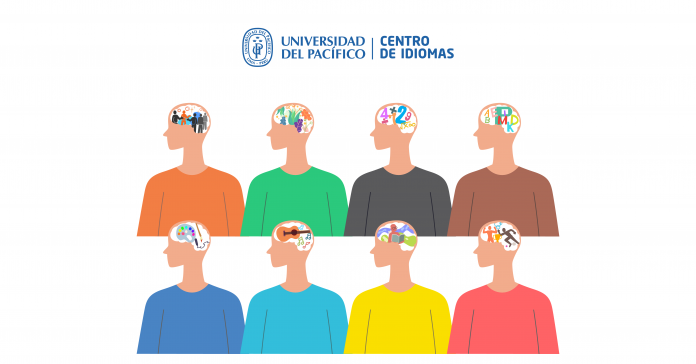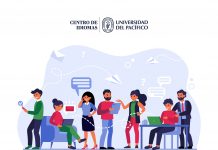In virtual teaching, three methodological principles take on renewed importance, to the point that if not considered, the effectiveness of our teaching may be at risk. Those three principles are: keep students motivated in each session, develop autonomous learning skills in them, and provide the right degree of variation in our activities, enough to allow students to apply their own learning strategies.
Let us focus on the last one: students’ own learning styles and strategies. A learning style is defined as the behaviour and techniques that a student adopts in their efforts to learn a foreign language. These strategies are influenced by students’ motivation, age, gender, personality, cognitive style, aptitude, as well as the specific context and opportunities they have to learn.
O’Malley and Chamot formulated the following typology for language learning strategies: metacognitive, cognitive, and social / affective strategies (1).
Metacognitive strategies are those that attempt to regulate language learning through planning and monitoring. It is important that we help our students think help our students think about the way they learn and how to improve it. Here we encourage them to reflect on their own set of learning strategies and how to use them in each specific situation. Metacognition is also closely related to motivation, since students set their own learning goals, as well as their how to plan and self-assess their progress. Cognitive strategies, on the other hand, are focused on achieving a specific objective and can be expressly taught since they are aimed at analyzing linguistic material. Examples of some of these strategies are: taking notes, making inferences, transferring, and deducing.
Finally, socio-affective strategies are non-academic skills but skills with the power to link learning with positive emotions and attitudes. These strategies involve interaction with others, such as working cooperatively with peers, soliciting, asking questions, etc. in a context that allows the development of empathy and mutual understanding.
It is clear then that in our virtual sessions we need to analyze the degree to which our designed activities are capable of promoting metacognitive, cognitive and social affective skills in our students. However, a good start may be to consider those learning strategies that effective students use and promote their use among our students. Here’s a good list:
- Application of prior knowledge, which means the application of what students already know in terms of social experience, general knowledge or knowledge of the first language, to help them interpret and process the input received in L2.
- Language input processing. For language acquisition to take place, students must be exposed to meaningful and real contributions. Virtual teaching has abundant digital resources to intensively incorporate the use of authentic material. Every time the “real world” is brought into our sessions, language acquisition takes place.
- Interpersonal interaction. It is often assumed that virtual classes consist primarily of providing students with interactive exercises that end in lessons that overemphasize the teaching of grammar, even more than in face-to-face classes. When this happens, L2 acquisition is blocked. Let us consider that by asking our students to interact orally they are not only gaining fluency, but are also benefiting from collaborative work, immediate feedback and benefiting from collaborative work and immediate feedback and strengthening their ability to negotiate meaning. Second language acquisition will be inhibited if opportunities for meaningful and genuine oral interactions are not provided.
- Matching communicative functions with forms. Successful students associate a certain linguistic structure with the meaning it conveys when communicating a message. Thus, students begin to rely more on grammatical structures than their interpretation of contextual clues or prior knowledge when exposed to oral L2 input.
- Students’ knowledge of L2 undergoes a state of permanent reorganization. When faced with real communication, students must test their existing knowledge of the language. Learning a foreign language is not a linear process, but moves back and forth each time the student faces a real communicative activity. Therefore, effective learners are concerned with consolidation activities and opportunities to use L2.
Finally, in virtual courses the interaction of the students plays a key role. Thus, our sessions should offer collaborative activities that are relevant, meaningful and creative for our students with constant follow-up by the teacher in order to provide effective feedback. Without real interaction, our virtual course can focus on the analysis of language forms, relegating the necessary training for real communication. If this happens, students’ motivation will decline.










